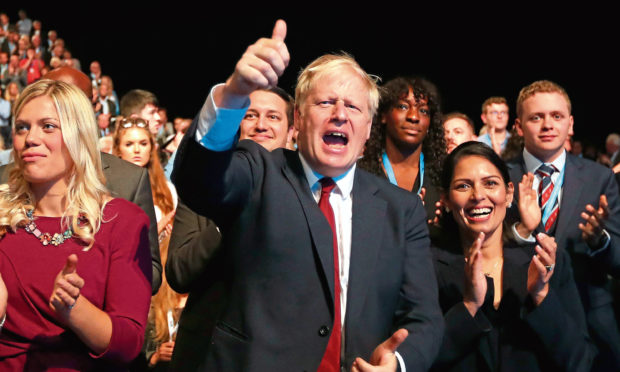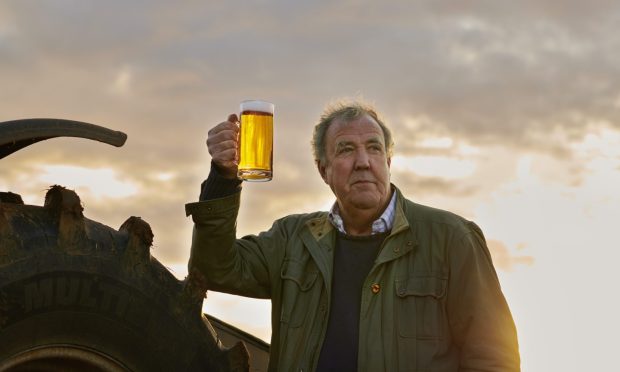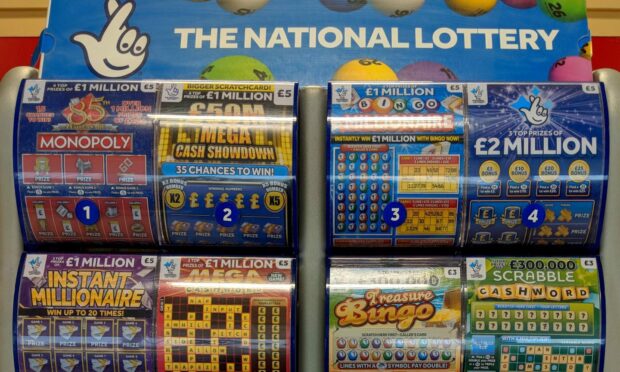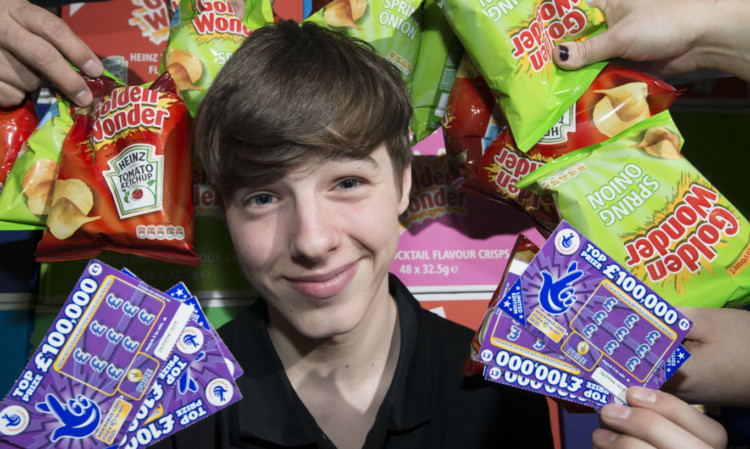Tayside’s property market enjoyed a sharp rise in sales following Boris Johnson’s General Election win, new research has revealed.
Aberdein Considine’s Property Monitor report shows that across Dundee, Angus and Perth, the value of homes sold in the final quarter of 2019 reached £378 million.
In Angus alone, this figure was £103 million, up 8.9%, with the number of properties changing hands rising 10.4%. House prices were down slightly, 1.5%, to £170,994.
In Dundee, average prices rose 2.1% to £146,101, with sale values hitting £98 million. The average cost of a home in Perth rose 1.9% to £200,901, with sale values of £177 million.
Across Scotland, more than 10,000 homes changed hands in the final month of 2019, an unseasonal jump of 15% on November and the highest single month of sales recorded since October 2018.
In total, sales increased in 25 out of the country’s 32 local authority areas and £1.9 billion worth of property was purchased in the post-polling day rush.
Lindsay Darroch, partner at Aberdein Considine in Dundee, said the figures were early signs that the so-called “Boris Bounce” was being felt both north and south of the border.
“After a year of political and economic uncertainty, it would appear that the decisive nature of the election result has brought a fresh wave of confidence to the property market,” he said.
“You have to go back to December 2007, before the global credit crunch, to find a higher month of pre-Christmas property sales.
“It’s been encouraging to see activity growing across Tayside, in particular Dundee and Angus, with a number of new developments either in progress or in the planning stages.
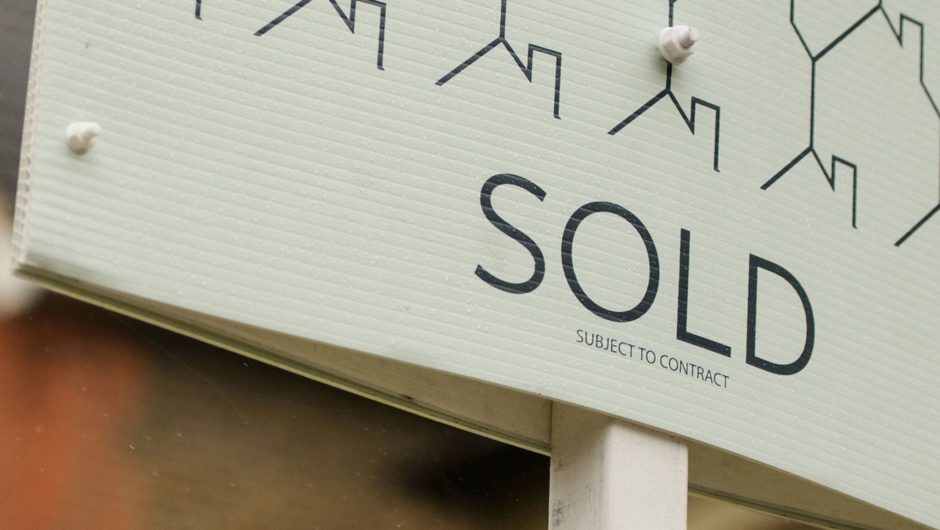
“As we head into the spring market, there is every sign that the wider trend in Scotland will continue, thanks largely to an injection of first-time buyers using new shared equity schemes.”
Scotland registered sales totalling just under £18.7billion for the year thanks to the late surge, £550 million more than 2018.
First-time buyers accounted for 50% of mortgaged property purchases and up to 6,000 more are expected to take advantage of the Scottish Government’s new First Home Fund in 2020.
The shared equity scheme gives buyers up to £25,000 towards the cost of buying a home and is forecast to be a driving force in the market this year.
The report shows that the average price paid for a home in Scotland during Q4 of 2019 was £178,151 and rising at a rate of 2.2% per year.
East Lothian has become the most expensive place in Scotland to buy, with the average sale price in the region now at £267,905 – more than £2,000 higher than second-placed Edinburgh.
East Dunbartonshire recorded the largest price rise during the quarter and is now the country’s third most expensive area, with an average sale price of £263,291.
